The UBC Library has created an
Open Textbook Publishing Guide to help authors navigate the process of creating a textbook. If you are in the middle of creating your own open textbook or are about to embark upon one, this guide will walk you through what the project entails. We have focused on providing templates and workflows to provide concrete help and assistance as you undertake the process of publishing your own textbook.
The Open Textbook Publishing Guide is divided into 6 phases of the publishing process:
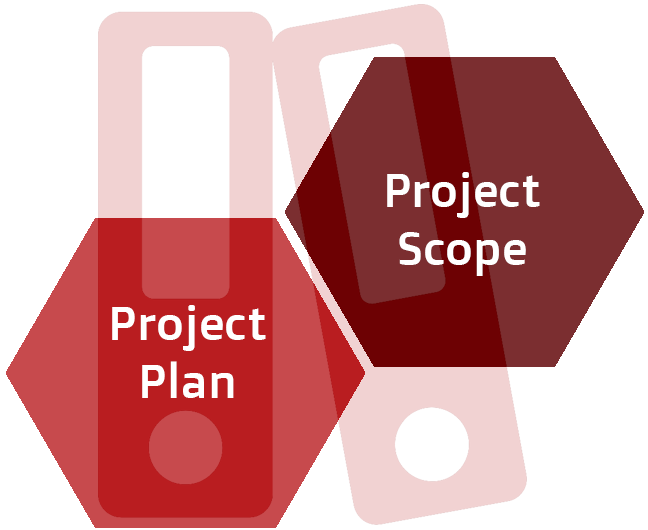 Phase 1 – Planning Your Project
Phase 1 – Planning Your Project
This section covers what to consider before you actually begin writing, but if you have already begun you can still benefit from the ideas presented here.
Determine the Project Scope covers how to frame your project so that you can better understand what you are working toward (yourself and anyone else involved).
Developing a Project Plan will save a lot of stress and time in the end. Learn to work out a rough timeline for your project, create a budget, identify who to recruit, and more.
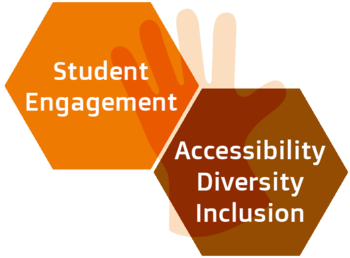 Phase 2 – Learning Design
Phase 2 – Learning Design
This section affects the overall design of your project. If you are involving students in your project
, Developing a Student Engagement Plan will cover everything that you need to think about. Develop an Accessibility, Diversity, and Inclusion Plan will help ensure that your textbook is inclusive and accessible for all students.
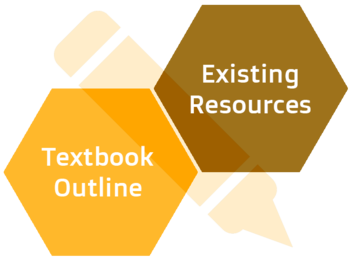
Phase 3 – Creating Content
In this section, you can learn to track and Identify Existing Resources that you can re-use or modify in your text. Before you begin writing,
Develop an Outline can help you organize the topics to be covered in your textbook and how they will be organized in a table of contents.
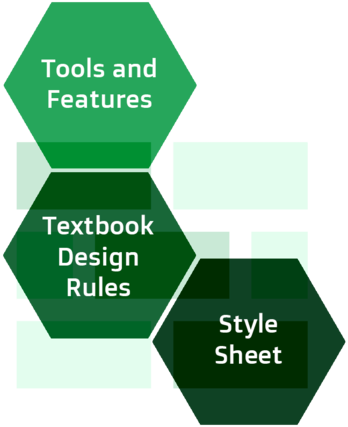 Phase 4 – Textbook Design
Phase 4 – Textbook Design
This section will get more into the details for designing your textbook.
Selecting your tools will help you choose the most appropriate tool for your textbook design needs. The
Textbook Design Rules will help you incorporate structured parts, chapters, sections and subsections that are organized in a way that facilitates understanding. Lastly,
Developing Style Sheet for making decisions about the final style and design of your textbook at the beginning of your project will help save you time and extra work.
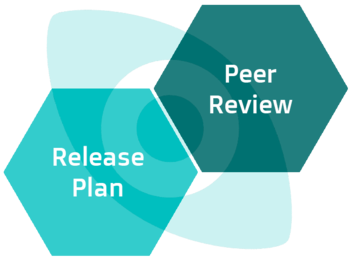
Phase 5 – Release
This section covers what to do when preparing to release your open textbook out into the world. The guide covers how to develop a
Peer Review Strategy for your open textbook and
a Release Plan to help you market and promote your textbook will ensure your work is used broadly.
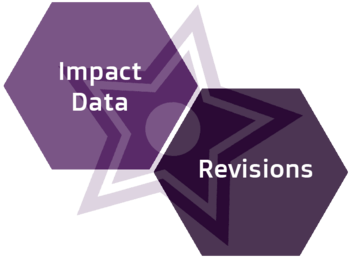
Phase 6 – Post-Release
Finally, the last section of the guide gives you guidance on what to do after your textbook has been published. This covers things like
Collecting Impact Data and making decisions on how you want to show the impact of your textbook and
Considering Revisions by investigating ways to gather feedback to improve and upgrade your textbook after it’s initial release.






